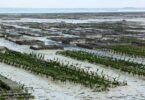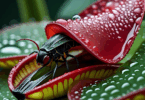Nature is mesmerizing, but beneath its beauty lie hidden dangers. Some plants, despite their harmless appearance, are highly toxic and can cause severe harm. Whether you’re out hiking, gardening, or just curious about the world, it’s essential to know which plants to avoid.
Here, we uncover 7 dangerous plants from across the globe that you should never touch or consume. Their effects range from painful skin reactions to life-threatening consequences. Let’s dive in and explore these natural threats that you might encounter in your surroundings.
1. Giant Hogweed (Heracleum mantegazzianum)
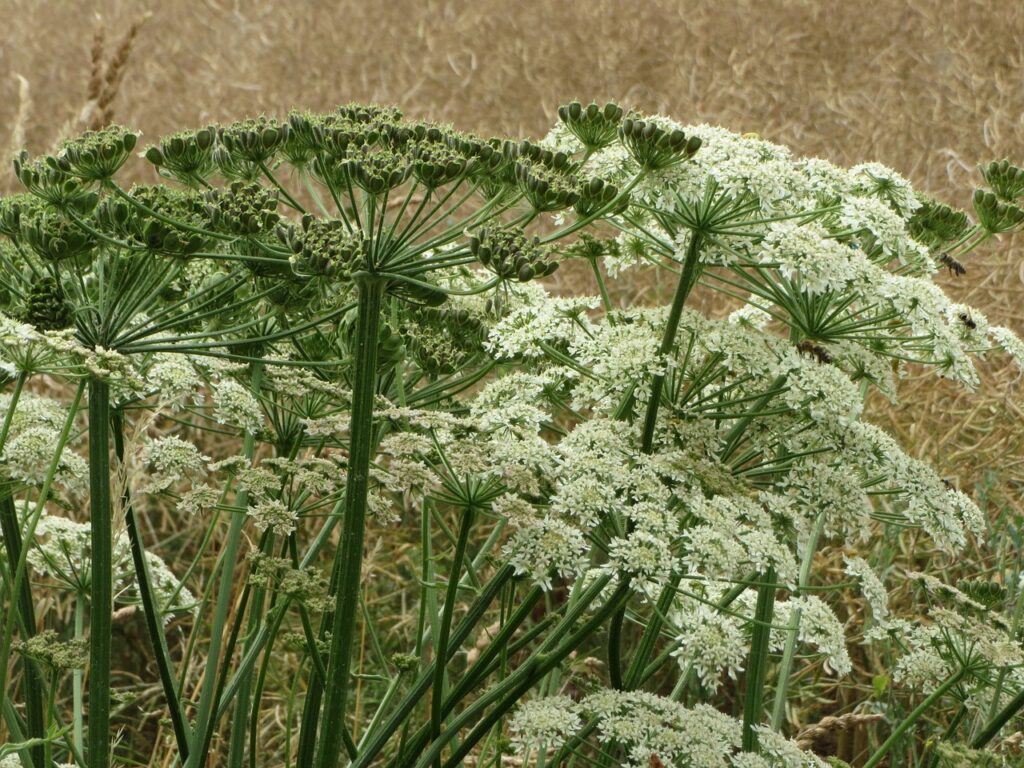
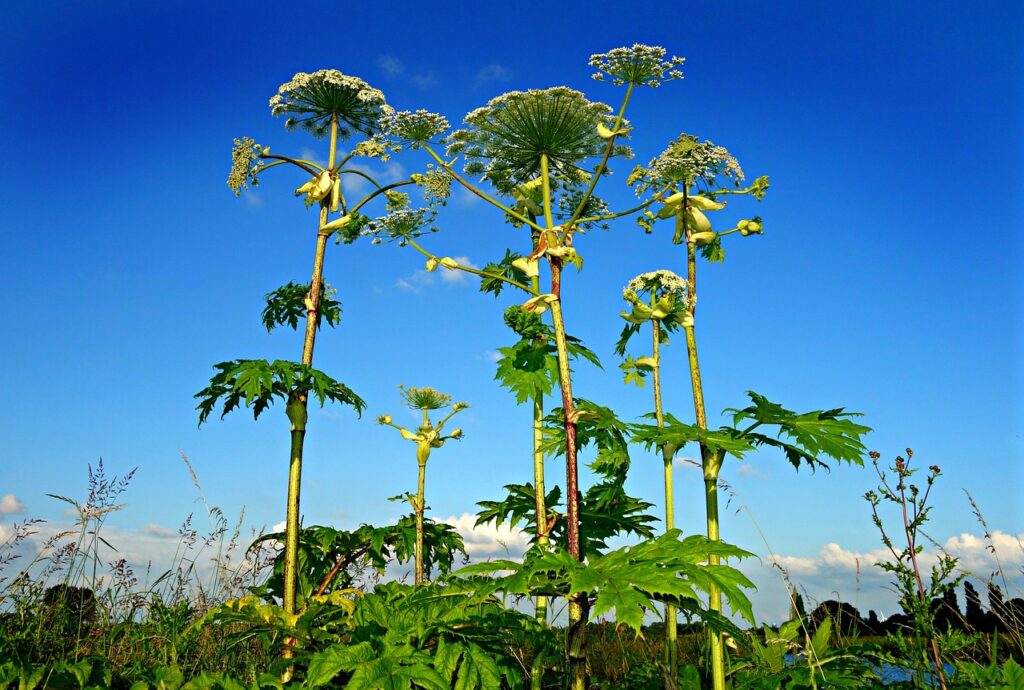
Found in: Europe, North America
Looking like something out of a fantasy novel, the Giant Hogweed can grow over 14 feet tall with striking white flowers. But don’t let its grandeur fool you—this plant is extremely dangerous. The sap from its leaves and stems can cause severe skin burns when exposed to sunlight. Even brushing against it could leave you with blisters that can last for months.
Effects: Excruciating burns, skin blisters, and in severe cases, permanent scarring. Contact with eyes may lead to temporary blindness.
2. Manchineel Tree (Hippomane mancinella)
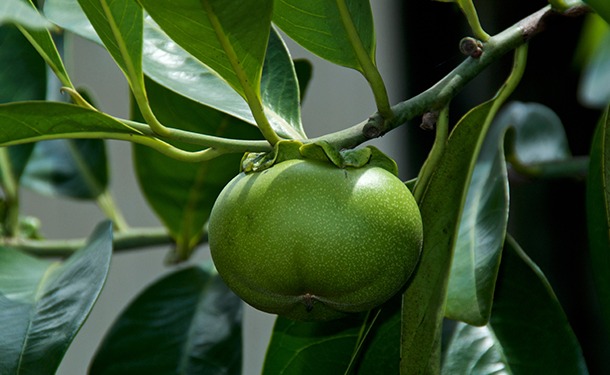
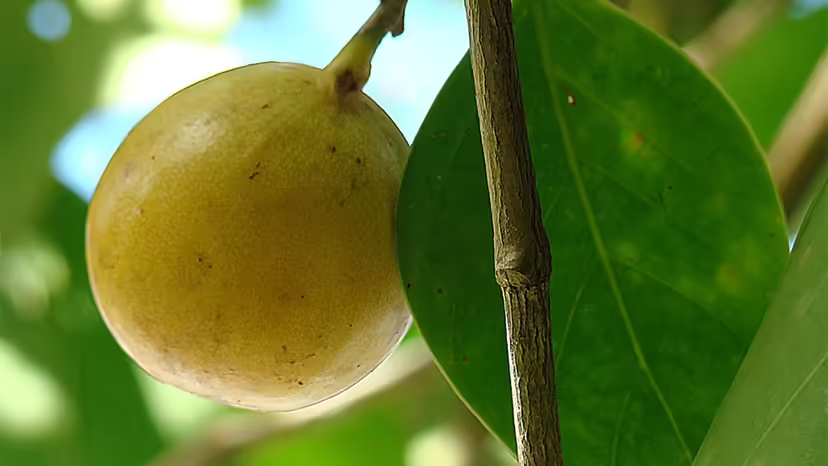
Found in: Caribbean, Central America, Florida
Also known as the “Tree of Death,” the Manchineel is deceptively innocent-looking, with its small, green fruits that resemble apples. Every part of this tree is incredibly poisonous. Merely standing beneath it during a rainstorm can cause its sap to drip on your skin, leading to painful burns. Eating the fruit? Don’t even think about it—it could result in death.
Effects: Severe burns from sap, vomiting, and potential organ failure from ingesting the fruit.
3. Oleander (Nerium oleander)
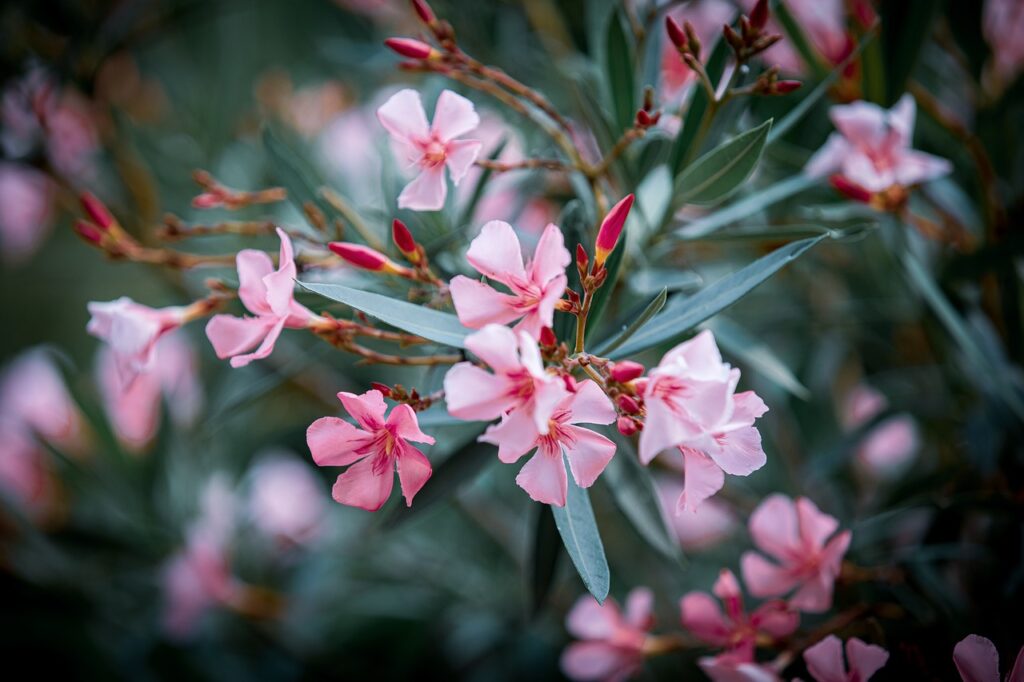
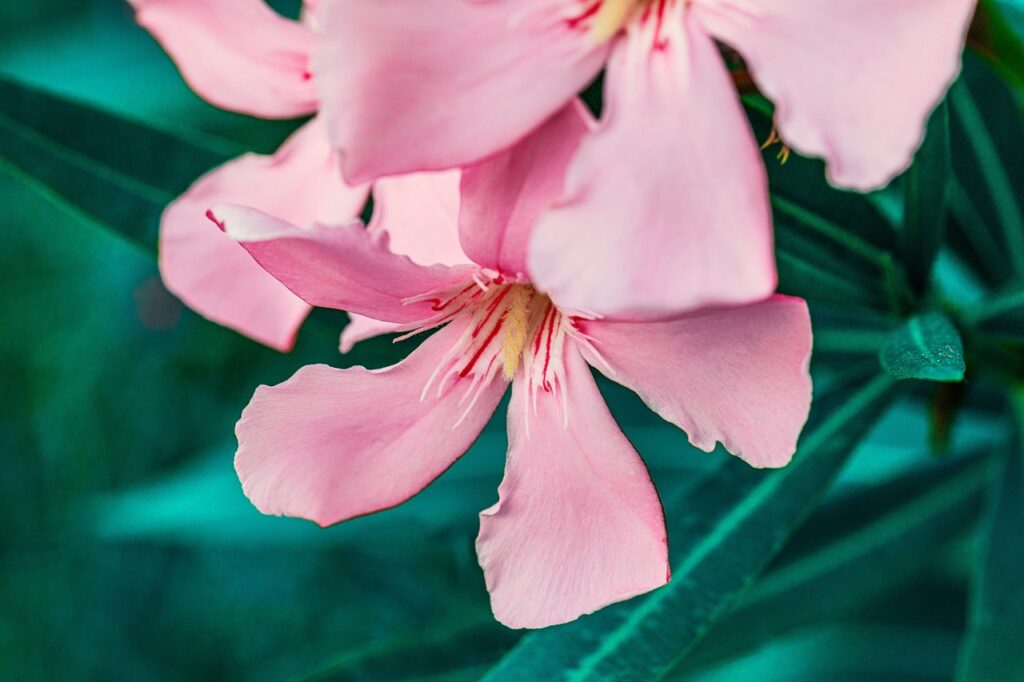
Found in: Mediterranean, Asia, Southern United States
Oleander is a common garden plant with vibrant flowers, often grown for ornamental purposes. However, don’t be fooled by its beauty—every part of this plant is toxic. Consuming just a small amount of Oleander leaves or flowers can cause severe heart problems, leading to death if not treated promptly.
Effects: Nausea, vomiting, slowed heart rate, and in extreme cases, cardiac arrest.
4. Poison Ivy (Toxicodendron radicans)
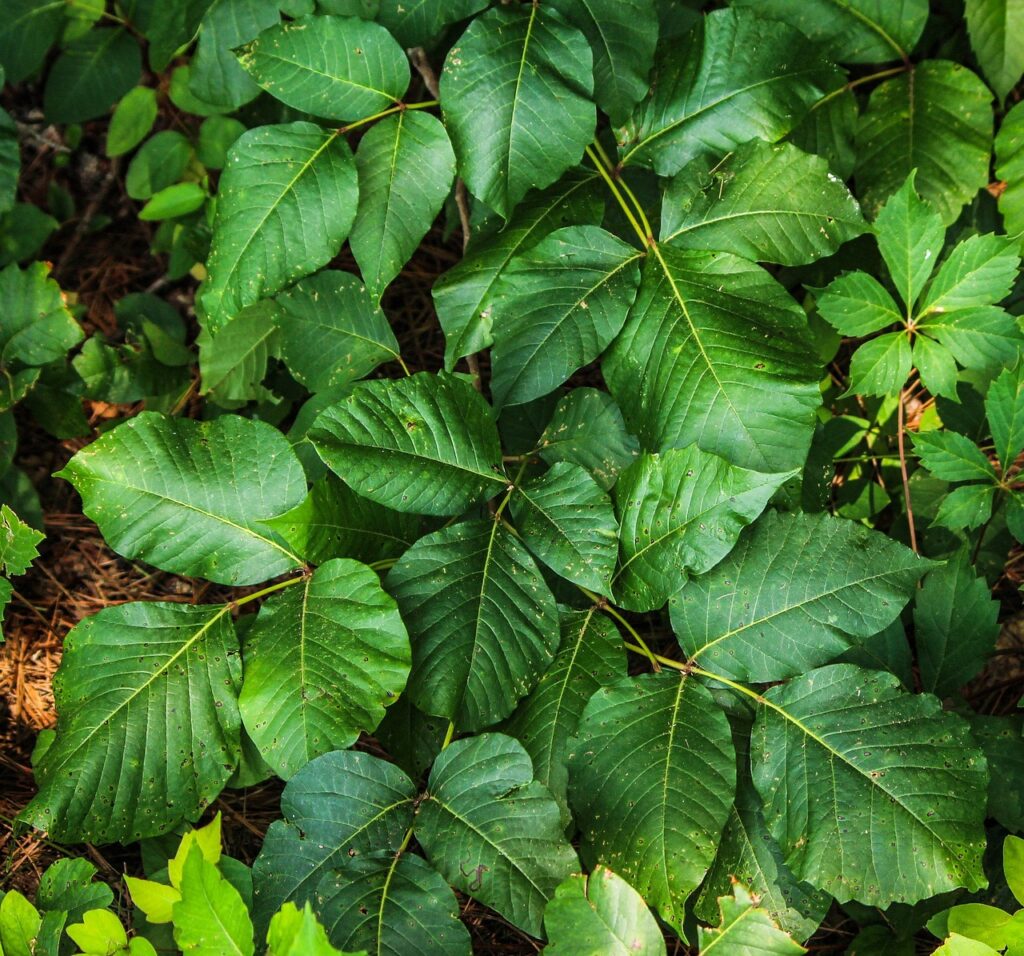
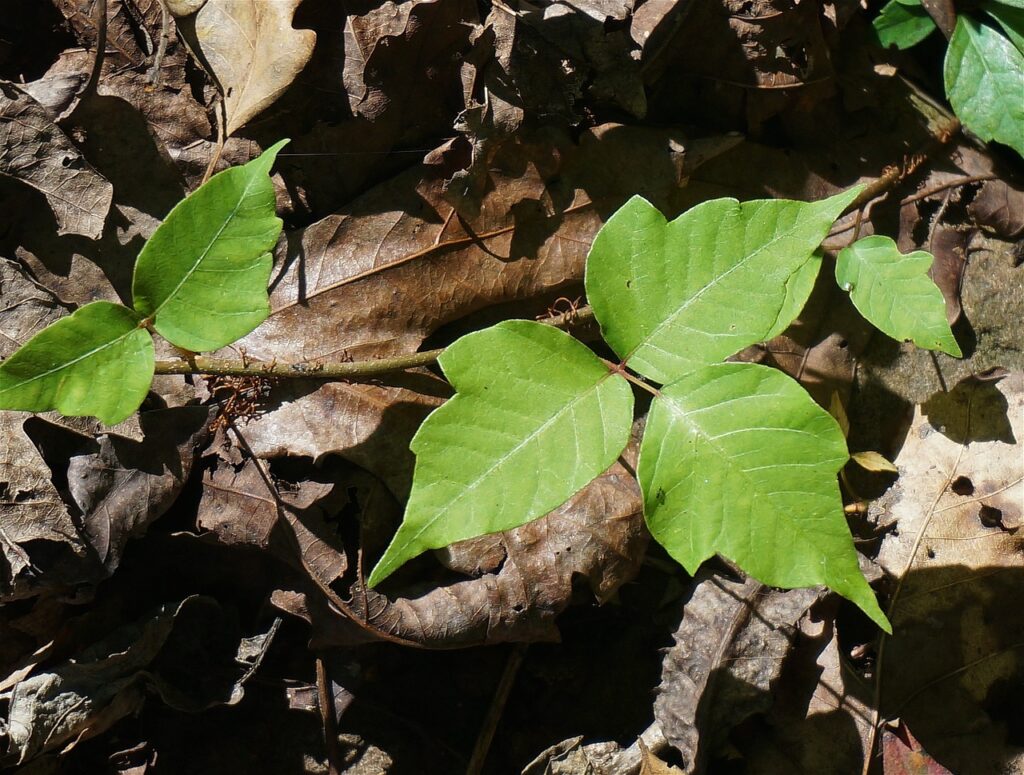
Found in: North America, Asia
A classic plant that many are familiar with, Poison Ivy causes itchy and painful rashes when its oil, urushiol, comes into contact with the skin. While not fatal, it can cause significant discomfort for days or even weeks. Be extra careful, as the oil can stay on clothing, pets, and tools long after exposure.
Effects: Intense itching, swelling, and rash that can last for several weeks.
5. Castor Bean Plant (Ricinus communis)
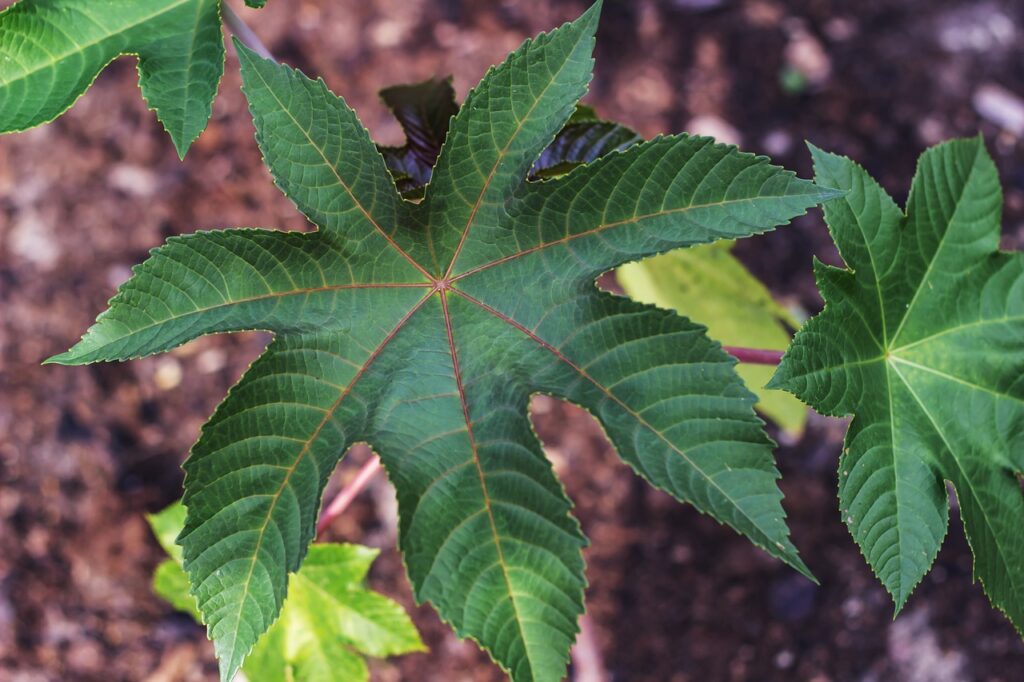
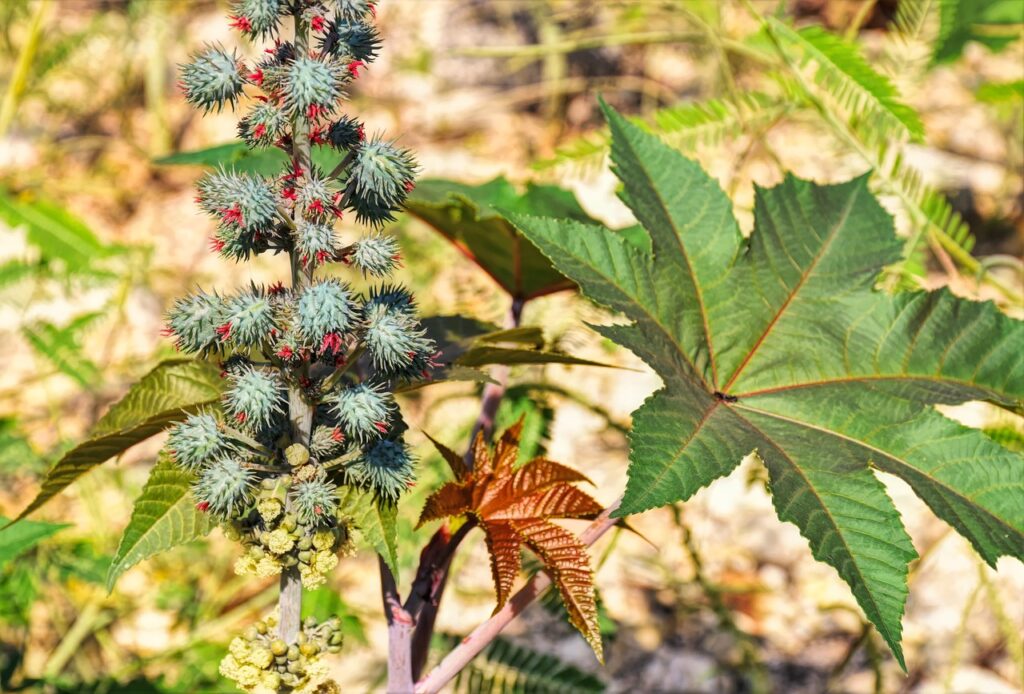
Found in: Africa, Asia, South America
Widely grown for castor oil, this plant harbors one of the most lethal toxins in nature—ricin. The beans, if swallowed, release ricin, which is incredibly toxic even in small doses. Just one or two beans can kill a person if not treated immediately.
Effects: Severe stomach pain, vomiting, seizures, and often death without timely medical attention.
6. Deadly Nightshade (Atropa belladonna)


Found in: Europe, North Africa, Western Asia
This plant, with its shiny black berries, looks almost edible, but it’s one of the most dangerous plants in the world. Even touching it can cause skin irritation, but ingesting its berries or leaves leads to hallucinations, paralysis, and possibly death. Historically, it was used as poison in medieval Europe.
Effects: Dilated pupils, confusion, rapid heart rate, and possible respiratory failure.
7. Gympie-Gympie (Dendrocnide moroides)

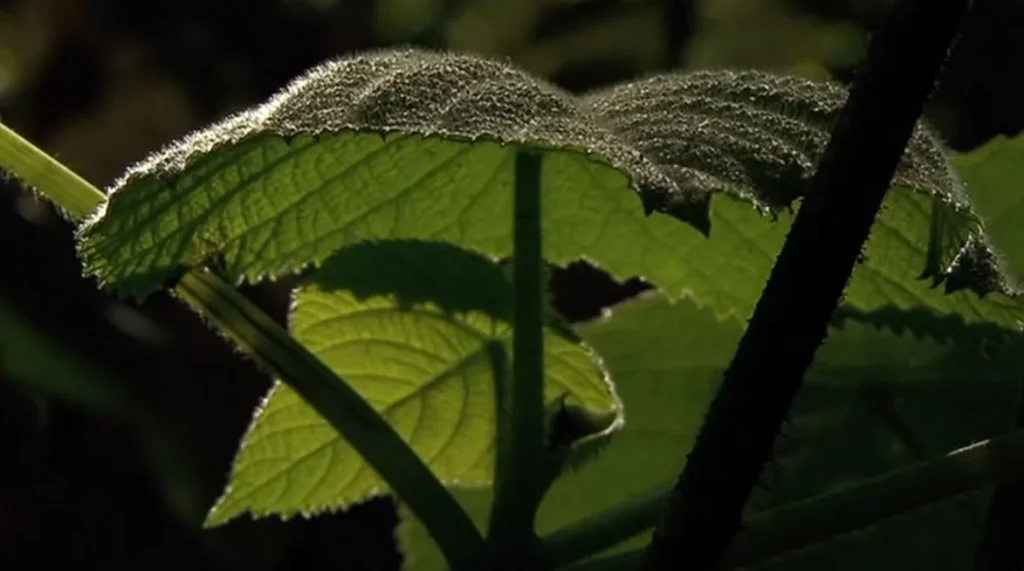
Found in: Australia
Known as the “suicide plant,” Gympie-Gympie is covered in fine, needle-like hairs that inject toxins when touched. The pain caused by this plant is said to be so intense that people have been driven to extreme measures to stop the agony. The effects can last for months, with pain returning unexpectedly.
Effects: Immediate, agonizing pain, swelling, and discomfort that can last for several weeks to months.
How to Stay Safe
If you’re hiking in the wild or working in your garden, it’s crucial to identify and steer clear of these plants. Always wear gloves when handling unfamiliar plants, and teach children to avoid picking berries or touching leaves without guidance. Should you come into contact with any of these toxic plants, seek medical attention immediately.
Nature is beautiful but unpredictable. While we should admire the world around us, knowledge and caution can help us avoid its hidden dangers. Whether it’s hiking through the woods or tending to your garden, be mindful of these deadly plants—because beauty, in some cases, can truly be lethal.





